Remembering Our History · Honoring the San Kiang Veterans — Commemorating the 80th Anniversary of Victory in WWII
- SKCANY
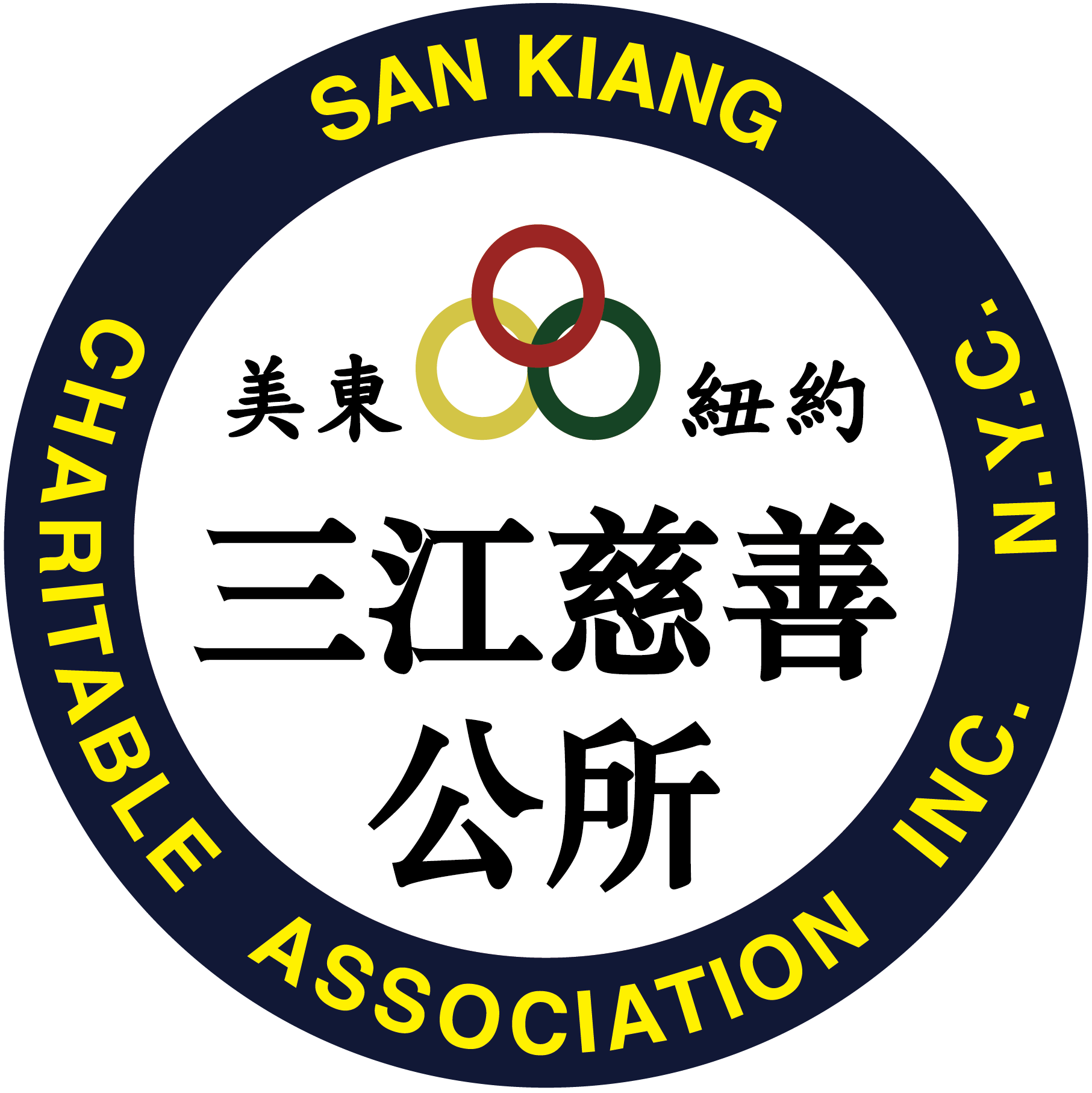
- Aug 27
- 4 min read
Updated: Aug 29
Author: Rong G. Bao
The year 2025 marks the 80th anniversary of the victory of the World Anti-Fascist War and the Chinese People’s War of Resistance Against Japanese Aggression. As we look back upon that turbulent era, we will never forget the courage and sacrifice of those who stood up against fascism, dedicating their lives to the cause of peace and freedom.
During this defining chapter of history, many members of the San Kiang Charitable Association of New York bravely joined the U.S. military, answering the call of duty to fight against fascism. Some left their hometowns and crossed the ocean to the battlefield, shedding blood and sweat in the fight for peace. Others gave their youth and service in silence, contributing to the global struggle for justice. Their deeds embodied loyalty to their homeland and devotion to the greater cause of humanity.
Sadly, as time has passed, much of this history has not been fully preserved. Today, only a few precious photographs of our San Kiang veterans have been recovered. Yet we believe that with continued effort, more stories and materials will be rediscovered, allowing the legacy of our predecessors to shine more vividly for generations to come.

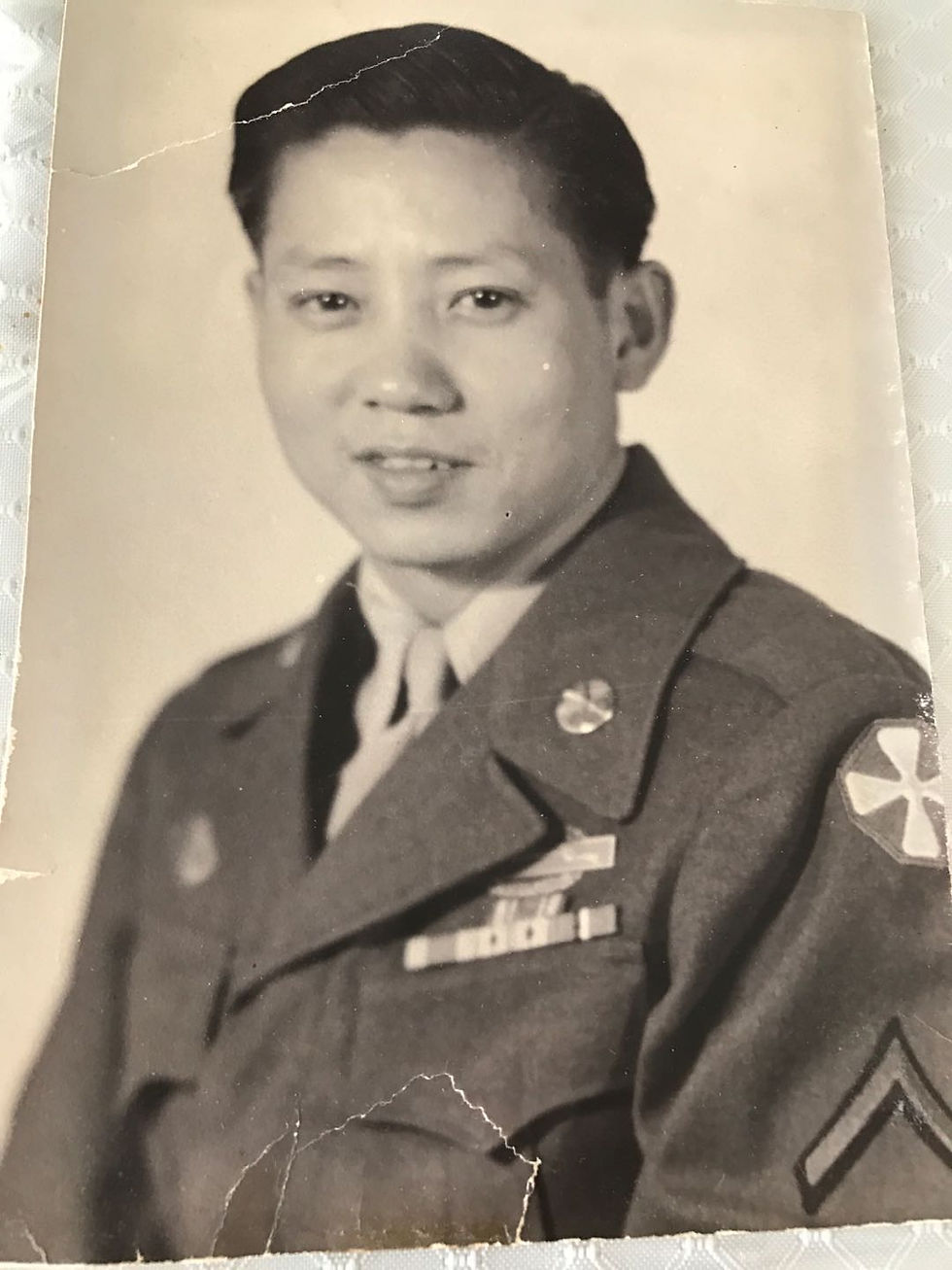



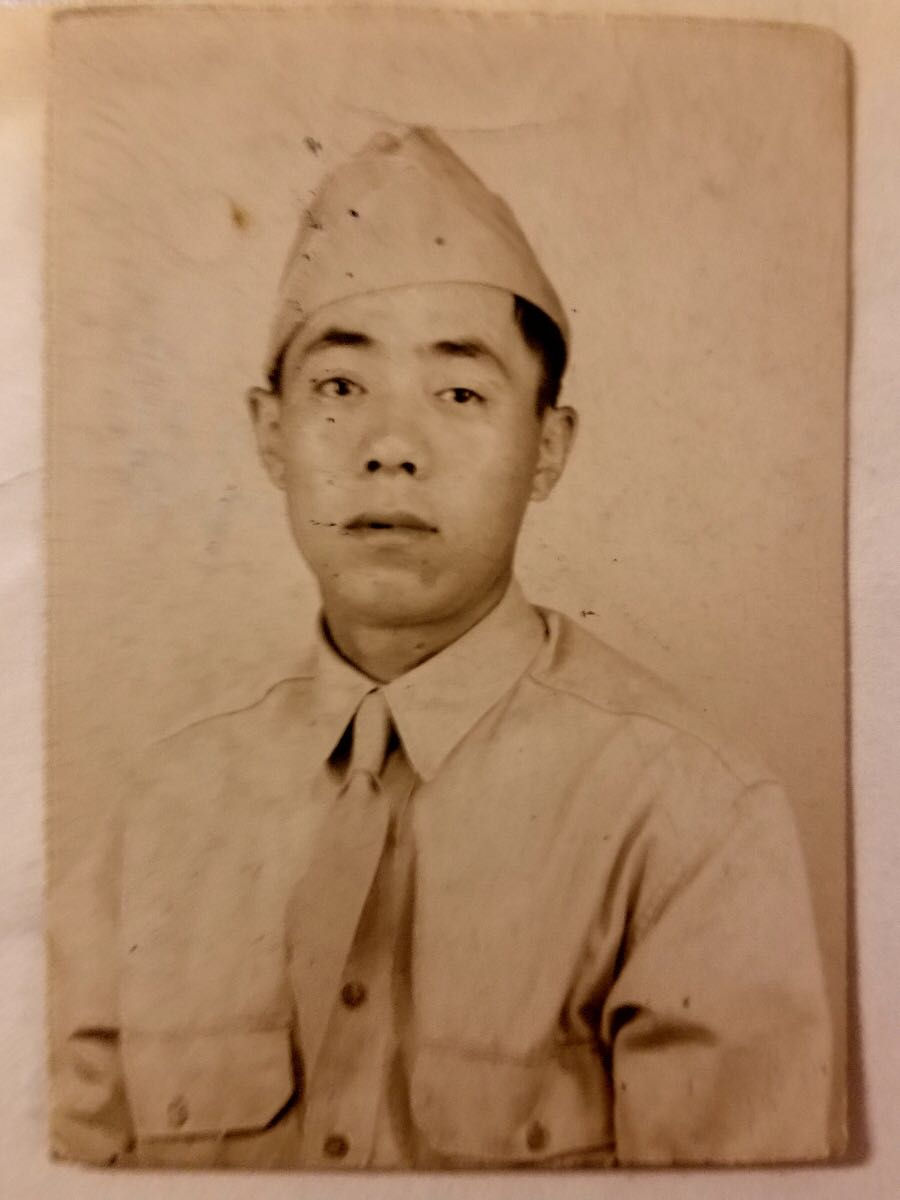



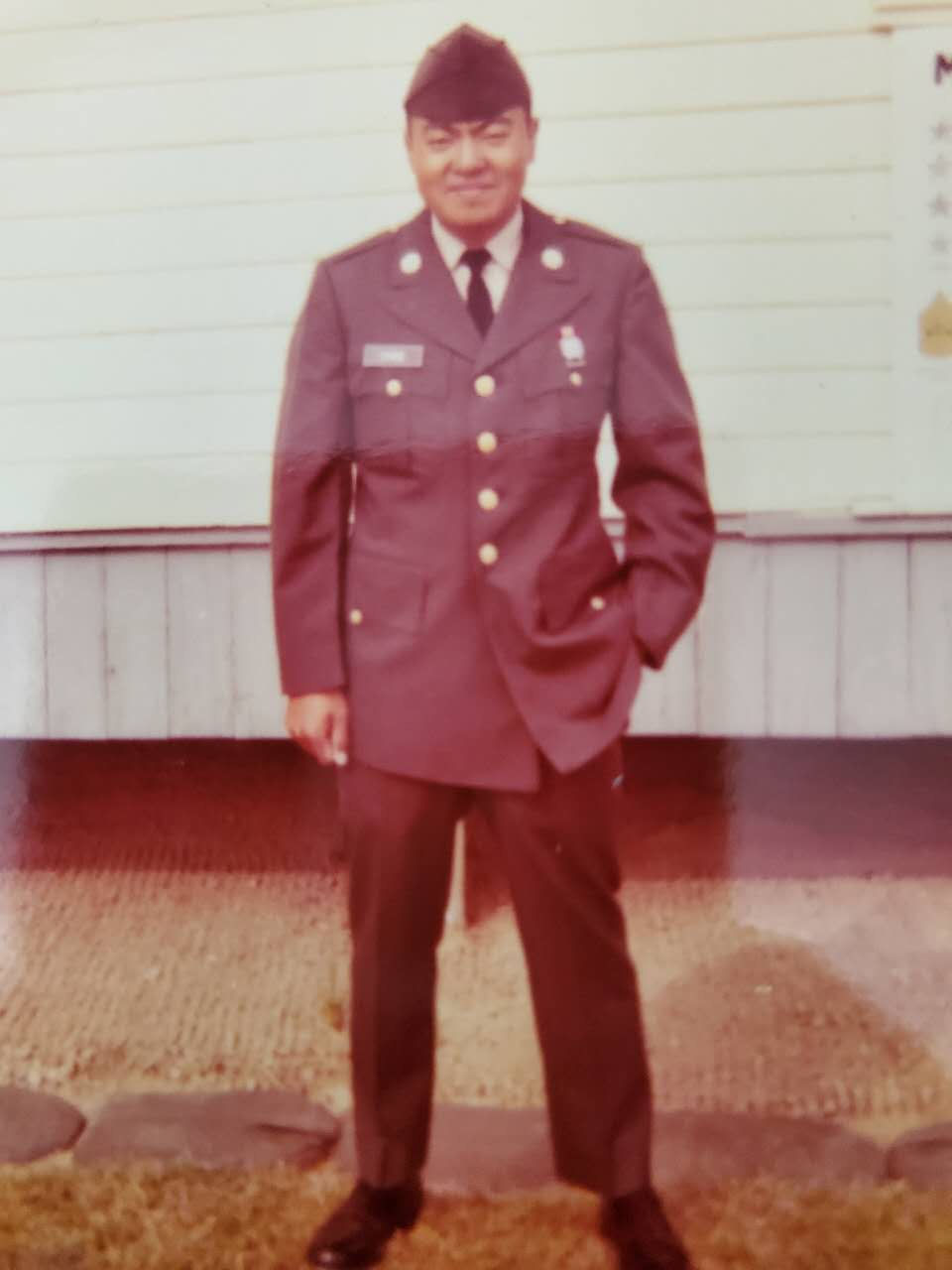

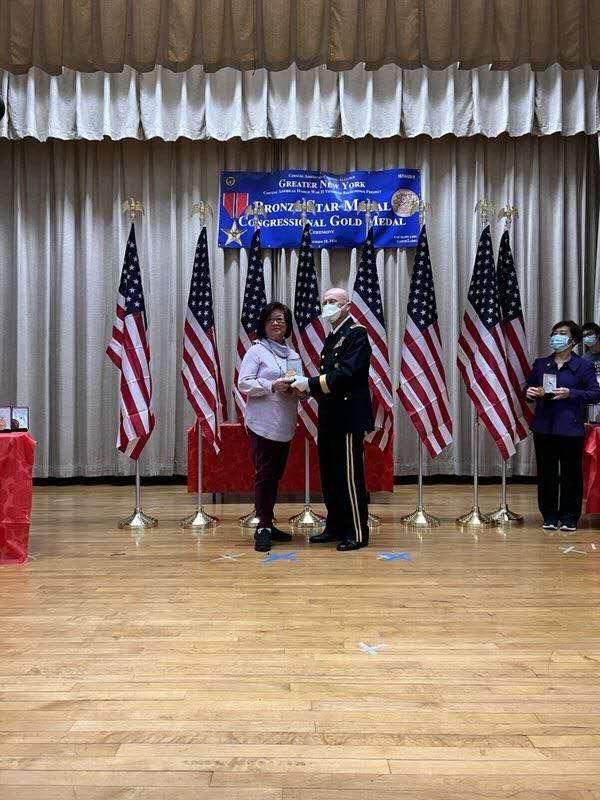
To remember history is to safeguard the future.
On this solemn occasion, we honor the courage and sacrifices of our San Kiang veterans, and we are reminded that peace was hard-won. It is because of their dedication that we enjoy the safety and prosperity of today.
Let us treasure their memory, inherit their spirit, and pass it down from generation to generation — contributing to community unity, strengthening U.S.-China friendship, and safeguarding peace for the world.
— San Kiang Charitable Association of New York




Comments